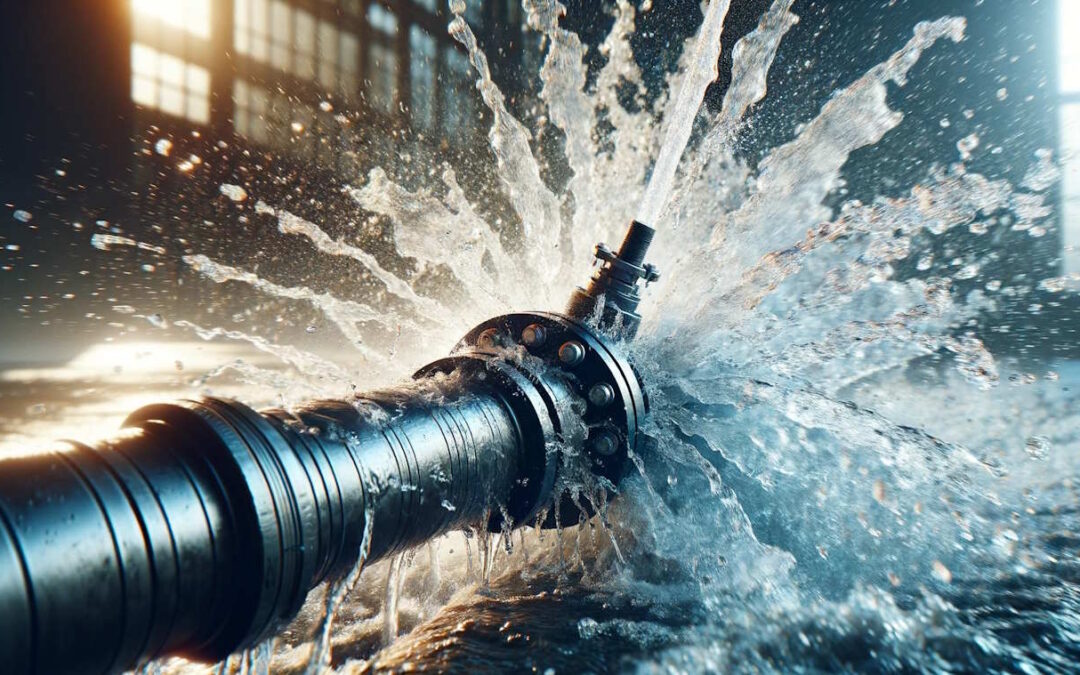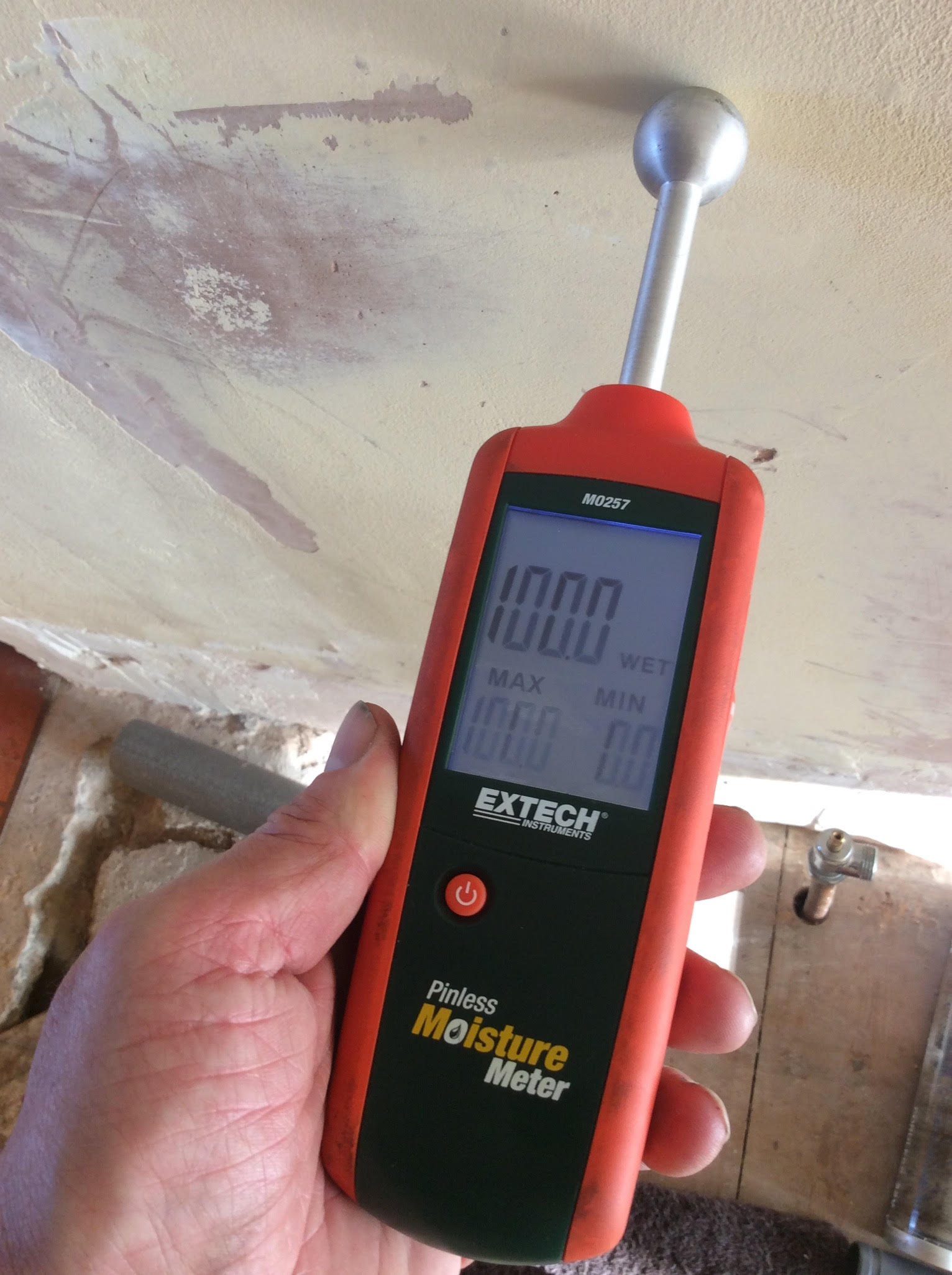Innovative Solutions for Very Early Detection of Water Leakages in Structures and Infrastructure
As the integrity of structures and framework is critical, the challenge of very early detection of water leakages has spurred innovative remedies that assure to reinvent the way we secure against potential problems. From innovative leak discovery innovations to the deployment of IoT sensing units for real-time tracking, the landscape of leak avoidance is advancing swiftly. Artificial intelligence formulas provide a glance into the future of leakage prediction, while thermal imaging offers a non-intrusive method for determining concealed leaks. Automated water circulation evaluation systems are reshaping how leakages are determined and addressed, leading the way for a proactive approach to water leak detection. Each of these options holds the crucial to guaranteeing the integrity and durability of our constructed setting, triggering a change towards a more lasting and effective future.
Advanced Leakage Discovery Technologies
Advanced leak detection technologies, geared up with advanced sensors and algorithms, play a critical duty in promptly recognizing and determining water leakages in numerous setups. These modern technologies use a mix of acoustic, thermal, and electro-magnetic sensing approaches to identify leakages precisely. Acoustic sensors identify the noise of leaving water, enabling precise localization of the leakage source. Thermal imaging spots temperature modifications triggered by water leakage, providing an additional efficient technique for leakage recognition. Electromagnetic sensors can recognize modifications in magnetic fields brought on by water, providing yet another layer of leakage detection ability.

IoT Sensors for Real-Time Monitoring
In the realm of modern-day water leakage discovery, the assimilation of IoT sensing units for real-time surveillance represents a critical development in improving aggressive leakage discovery capabilities. These sensors provide constant tracking of water systems, supplying real-time information on water circulation prices, stress variants, and temperature level adjustments. By leveraging IoT technology, these sensors can find even the tiniest anomalies in water use patterns, making it possible for early identification of potential leaks prior to they rise right into significant problems.
IoT sensing units transfer data to a centralized platform, where innovative formulas evaluate the information and generate notifies or notifications when irregularities are detected. This real-time surveillance capacity enables residential or commercial property owners or facility managers to immediately deal with leaks, reducing water damage, lowering fixing expenses, and conserving water resources.
In addition, IoT sensing units can be integrated with structure administration systems, enabling computerized responses to spotted leaks, such as closing off water shutoffs or turning on pumps to mitigate the influence of leaks. In general, the execution of IoT sensing units for real-time surveillance significantly enhances the effectiveness and efficiency of water leak discovery in buildings and infrastructure.
Equipment Knowing Algorithms for Leakage Prediction

One key benefit of using artificial intelligence for leakage prediction is its ability to continually discover and improve its precision in time. As even more data is collected and fed right into the algorithm, it can improve its predictions and adjust to altering problems, eventually increasing the integrity of leak discovery systems.
Furthermore, artificial intelligence algorithms can assist in identifying refined signs of leakages that may go undetected by traditional surveillance methods. water leak detection. By analyzing intricate information sets in real-time, these algorithms can give early cautions and alerts, enabling timely treatment and precautionary maintenance to minimize potential water damages and associated prices
Utilizing Thermal Imaging for Leakage Detection
Thermal imaging technology uses an appealing strategy for identifying water leaks in numerous systems and infrastructures. By making use of infrared radiation and temperature differences, thermal imaging video cameras can determine surprise leaks that are not quickly noticeable to the naked eye. When water leaves from pipes or frameworks, it typically transforms the temperature of the bordering area, developing temperature differentials that thermal video cameras can record. These temperature abnormalities are then equated right into visible images, highlighting the exact place of the leak.
One of the vital benefits of thermal imaging for leak discovery is its non-intrusive nature. In general, the use of thermal imaging modern technology improves the efficiency and precision of water leak discovery, making it an important device for preserving the honesty of structures and infrastructures.
Automated Water Circulation Analysis Equipments
How can computerized water flow evaluation systems change the detection and monitoring of leaks in numerous systems and facilities? Automated water circulation evaluation systems offer a positive approach to leakage detection by constantly keeping track of water circulation rates and patterns. By establishing standard data, these systems can promptly identify inconsistencies that may show a leak, allowing prompt treatment to stop substantial damages.
These systems use innovative algorithms to assess real-time data and supply immediate informs when anomalies are found, enabling speedy activity to be taken. Furthermore, automatic water circulation evaluation systems can be integrated with structure management systems or IoT systems, improving total efficiency and making it possible for remote tracking capacities.
In addition, the data accumulated by these these details systems can be made use of for predictive maintenance objectives, aiding to identify potential powerlessness in the facilities prior to leakages click to find out more happen. In general, the application of automatic water circulation evaluation systems can dramatically boost leak discovery and monitoring methods, eventually resulting in set you back financial savings, decreased water wastage, and increased sustainability in buildings and infrastructure.

Conclusion
To conclude, the combination of innovative leakage detection innovations, IoT sensing units, artificial intelligence algorithms, thermal imaging, and automated water flow evaluation systems supplies cutting-edge remedies for very early discovery of water leaks in buildings and infrastructure. These technologies enable real-time monitoring, prediction of leakages, and reliable discovery approaches to avoid water damages and wastefulness. Applying these options can assist in preserving the honesty and sustainability of water supply in different settings.
Comments on “Leading Water Leak Detection Methods to Secure Your Building from Water Damages”